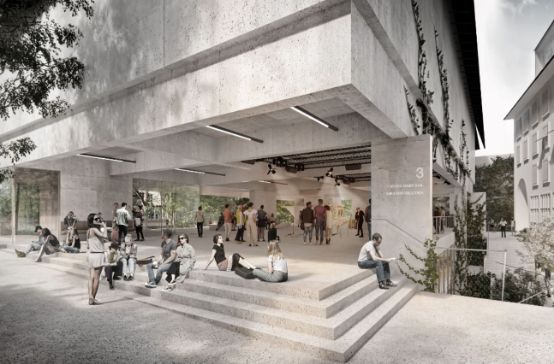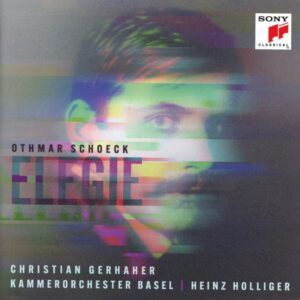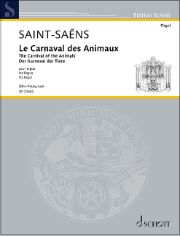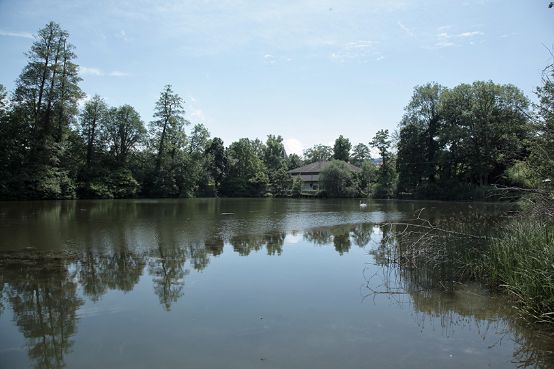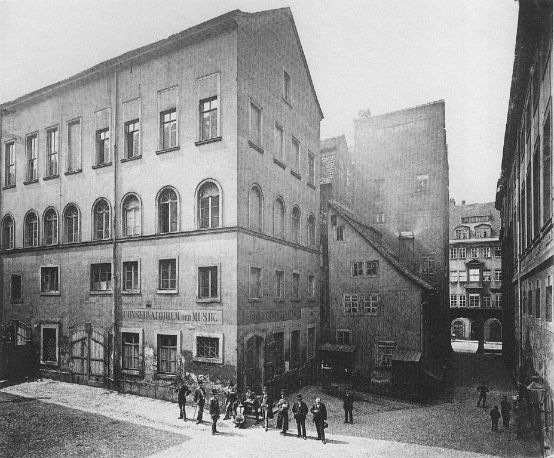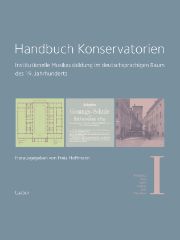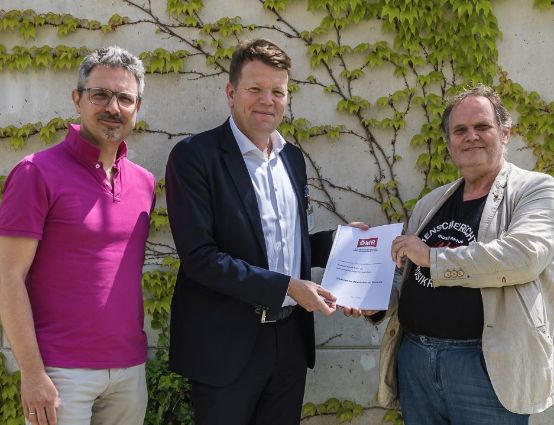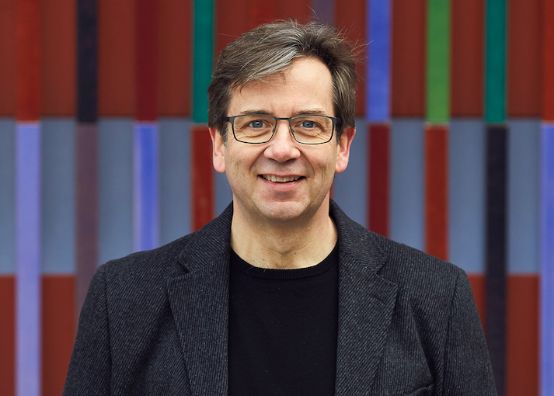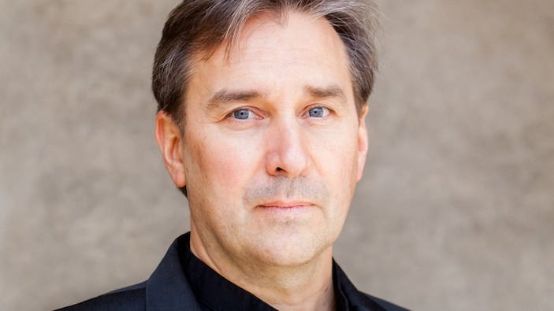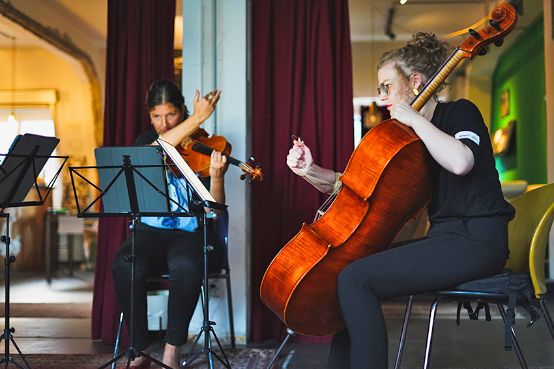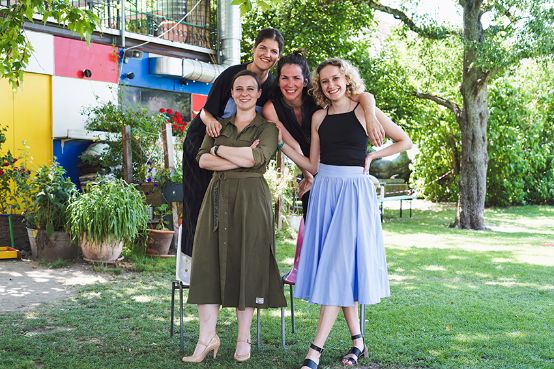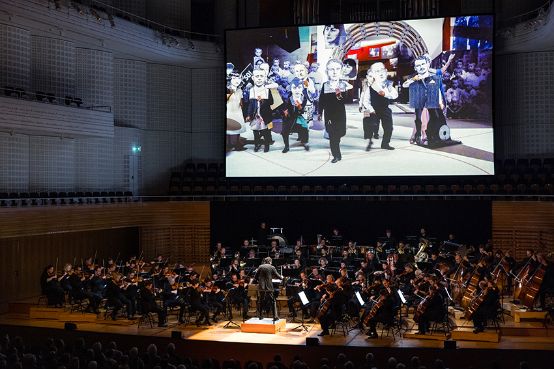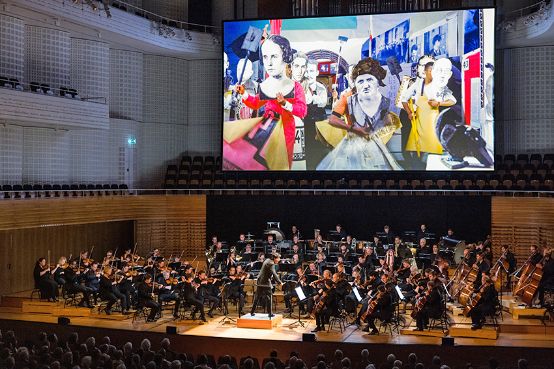Day of Teaching 2022
The Conference of Swiss High Schools of Music organizes a day of reflection and discussion each year on a defined theme. Focus in this article on the Tag der Lehre 2022.
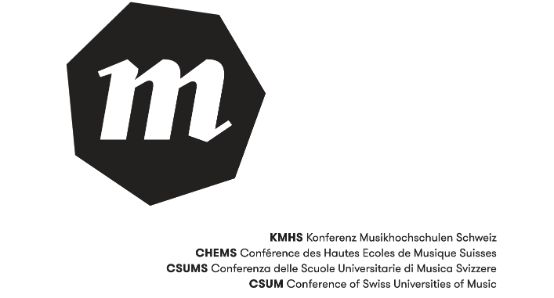
Antoine Gilliéron - Students as authors of their courses. This is the subject around which the pedagogical day will be organized, which will take place on Friday, October 21, 2022 in Lausanne. To question this idea, about twenty guests from each of the eight higher music schools that make up the landscape of higher education in Swiss music will be present.
Starting from the fundamental humanist postulate stipulating that human beings are the author of their own destiny, music study courses would benefit from being even more centered on the learner, with the aim that the latter can become ever more active. source of his training.
In this way, an accentuated individualization of the curricula makes it possible to reinforce the profound logic of tertiary musical studies, which ultimately aim to ensure that musicians invest society through their artistry and their sensitivity to the value of society.
One of the challenges of the day will be to find a balance between this new vision of education, with its organizational implications, and the traditional forms of curricular structuring.
Beyond the duration of studies, this new way of conceiving the courses in a more flexible manner, while complying with the curricular obligations of the Bachelor-Master system introduced by the reform of the Bologne, has a very positive impact on employment.
It is true that in the context of the major social transformations underway, particularly in the digital age, a majority of the jobs of the future are not yet known and a transversal diffusion of skills to be acquired (instead of creativity, adaptation or social intelligence) to both transform society and respond to its needs seems necessary.
The desired impact is to enhance the employability of students by helping them to complete their studies and giving them the desire and ability to enter the world of the future.
In addition, this conference will explore the links between the Swiss music schools and the people who live in them, by exploring the questions and potential synergies that such reforms could have at all institutional levels.
There is no doubt that the quality of the speakers and participants in this day of exchange and reflection will create the conditions for a positive impact on the future of music students in our country.







